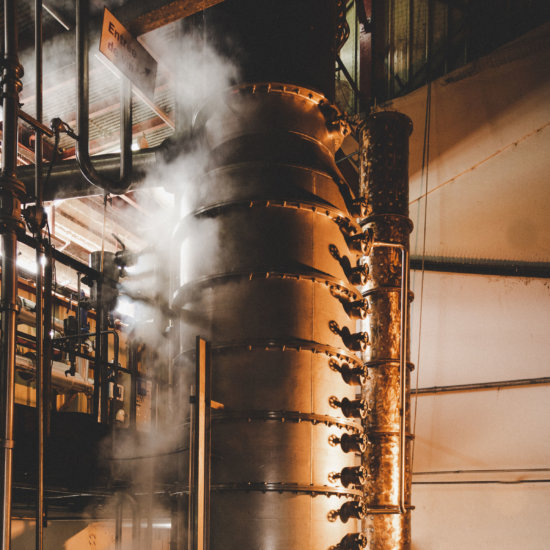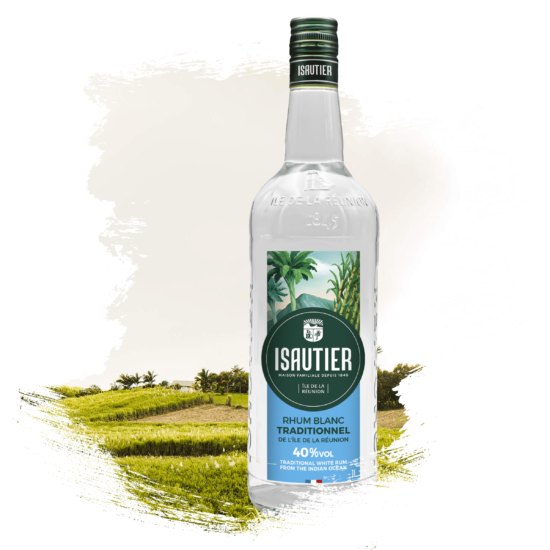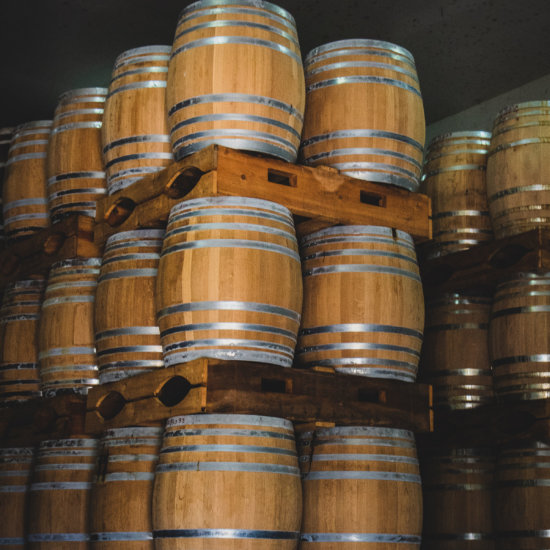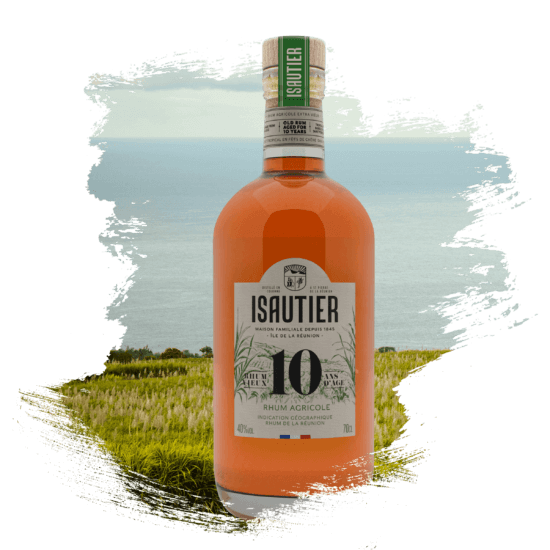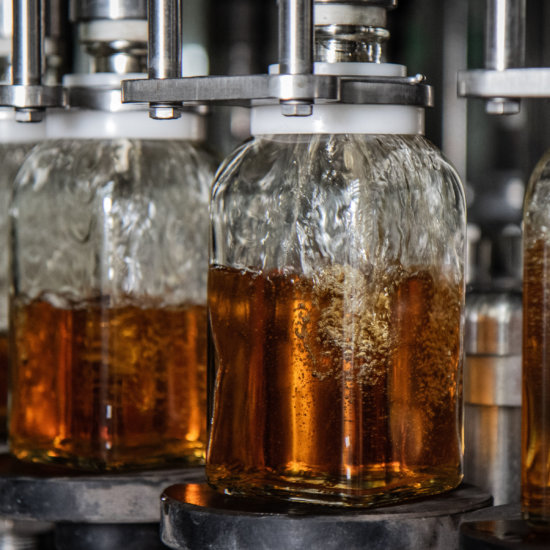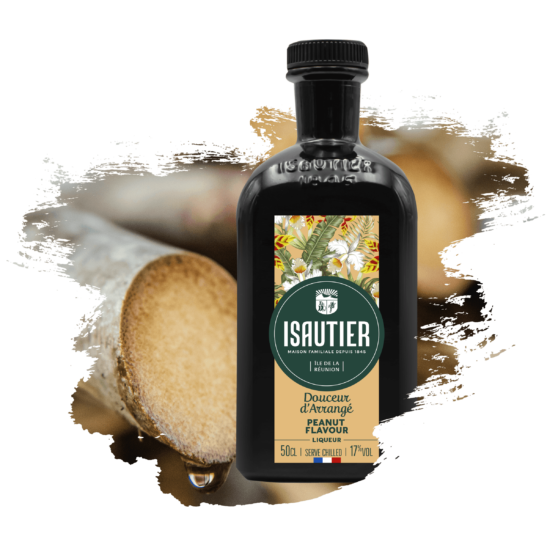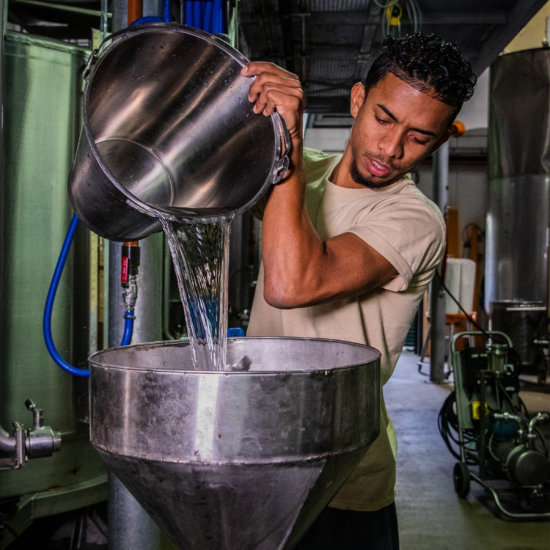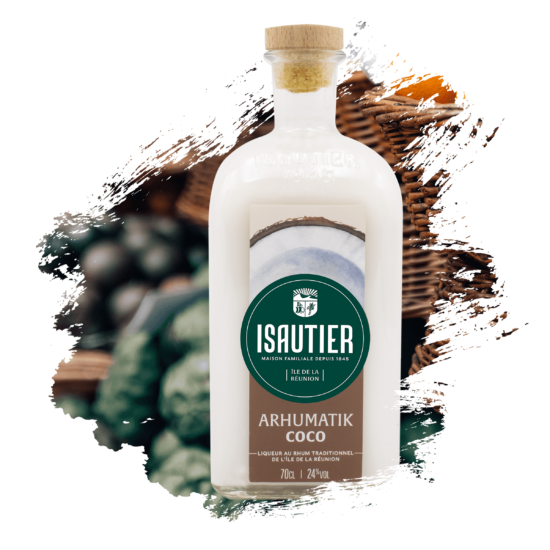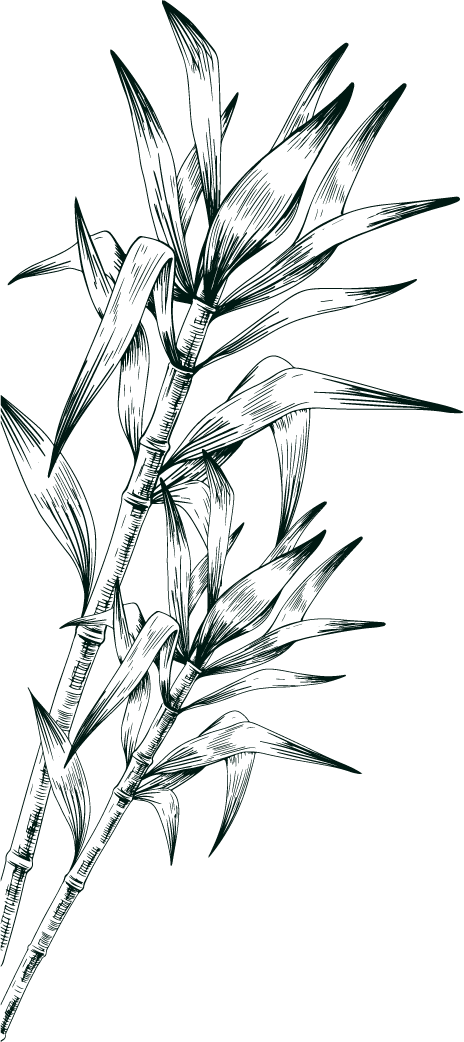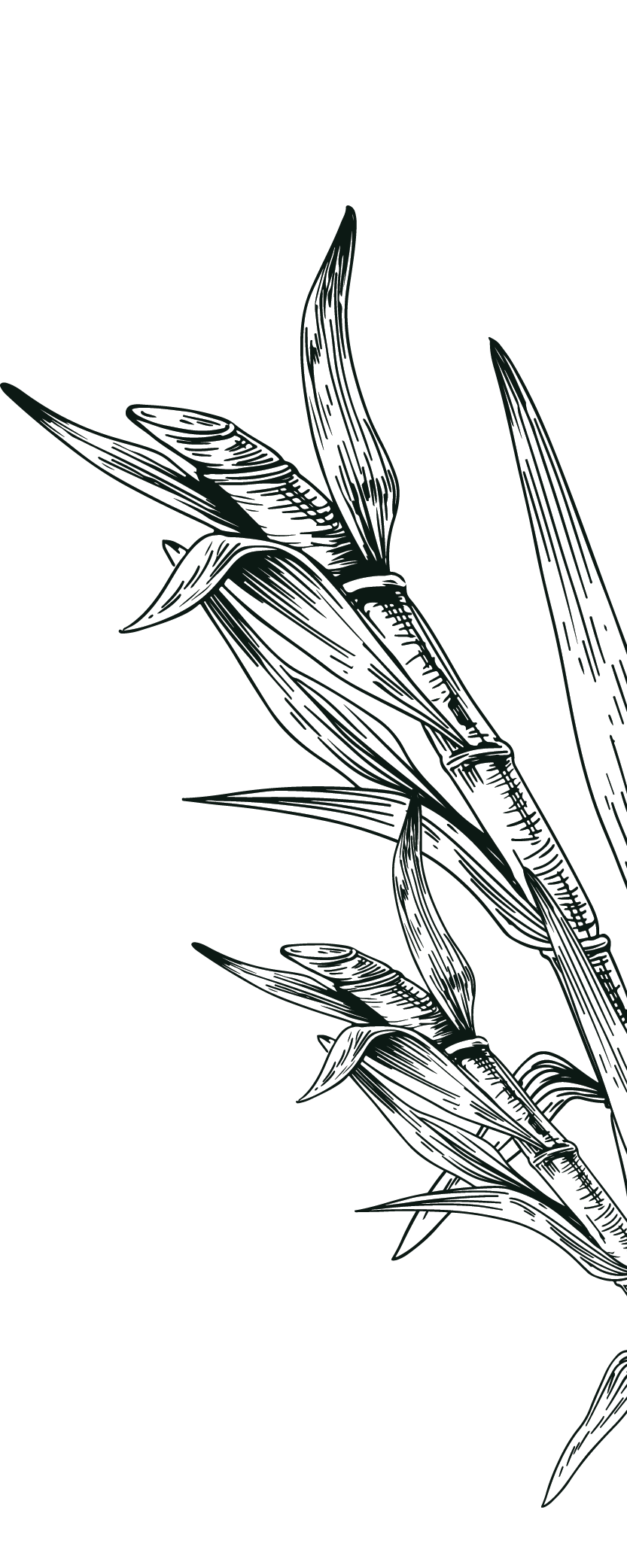The terroir
Reunion Island is an intensely tropical volcanic island in the Indian Ocean. The island came into being around three million years ago and embodies all the contrasting features of the Mascarene Archipelago – comprising the islands of Reunion, Maurice and Rodrigues.
These dramatic forces of nature gave rise to soils and sub soils with exceptional qualities: the volcanic ash produces highly fertile soil which is rich in minerals – a perfect growing medium for sugar cane. At high altitudes the soil is clay, but lower down nearer the ocean, it becomes sandy and rich in humus. And it is here that the sugar cane thrives, engorged with superb freshness and taste. For centuries, it has dominated the landscape as far as the eye can see, covering some 23,000 hectares and tended by 3,000 planters.
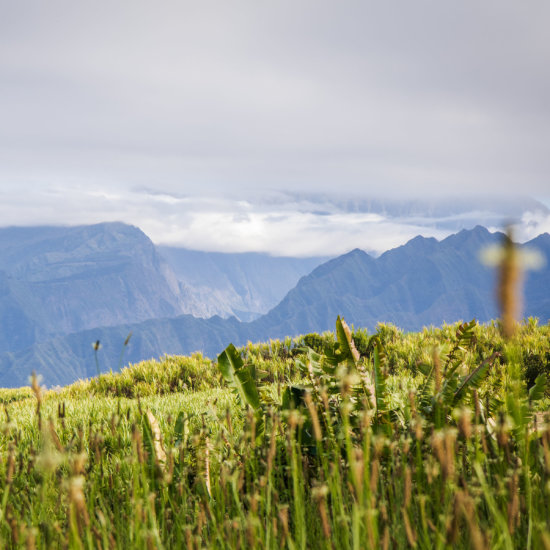
land of mountains.
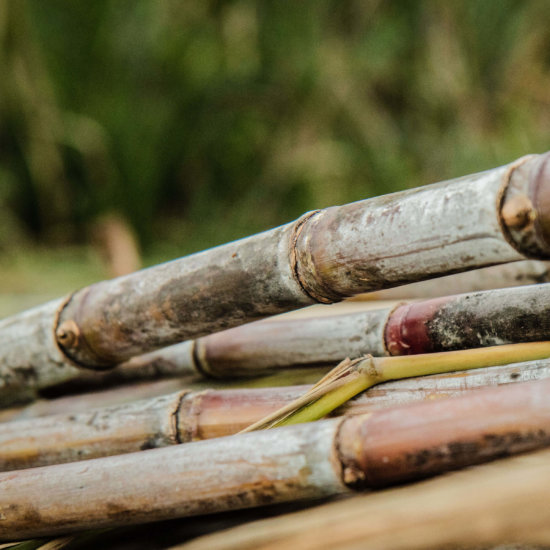
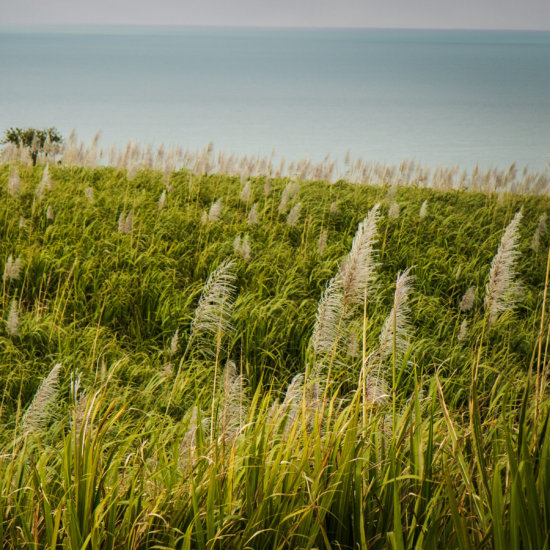
And when the fierce cyclones arrive, the supple and resistant sugar cane yields and bends but does not break. And so it is that years later, after subtle ageing in oak barrels, the notes of ocean spray are still distinct in aged Isautier rum.
Making our white rums
Agricultural rum is made from sugar cane juice. The sugar cane is sourced from traditional planters and harvested from fields covering hundreds of hectares. The sugar cane is crushed and the extracted juice is fermented, producing a wine with 10% alcohol content by volume. Distilling the wine slowly for six hours produces a white rum with an alcohol strength of 69 to 74% by volume. The rum has delightful perfumes of frangipane and patisserie; it is an expressive, generous rum with substantial character.
Traditional rum is made from molasses (produced from refining sugar). Water and yeasts are added to start the fermentation process. Following fermentation, the juice – wine- has an alcohol content of around 8% by volume. The wine is distilled in a column still: it is brought to boiling point in one column and the alcohol vapour passes into a second, narrower column. In this concentration column, the aromatic compounds are separated – a particularly crucial stage for the Isautier distillers who use their expert knowledge to carefully judge the different constituent elements.
A true emblem of local culture, Isautier white rums are very much part of Réunion Island heritage. Since 1845, Isautier has furthered this tradition and has become the gold standard for these rums.
Making our old rums
From among the white rums, batches that reveal particular potential are carefully selected and set aside for ageing. These rums are nurtured in the Isautier cellars for 6 to 14 months in new French oak barrels, followed by ageing in older barrels known as ‘fûts roux’. Each individual batch receives individual attention. Over the years, the rums become enriched by fine, subtle notes lent by the oak. During barrel-making, the oak is toasted according to the stringent criteria set out by Isautier oenologist Matthieu Cosse to achieve the desired aromatic palette and superb richness. Selecting barrels for the ageing process is of the utmost importance: Isautier chooses new barrels to lend colour and aromatic richness and ‘fûts roux’ (that have previously housed Isautier rum) to ‘oxygenate’ the rum and lend the desired roundness. Depending on how the rum develops during the ageing process, the carefully judged use of different barrels for different periods of time enhances the subtle balance of Isautier rums, underpinning their quality.
Making our “arrangés” and “douceurs d’arrangé”
In partnering rum with spices and exotic fruits, Isautier has furthered and elevated the tradition of ‘arrangés’ on Réunion Island. Back in the 15th century, sailors on the sea route to India would keep spices and fruits in alcohol to preserve them. And this is how the local tradition of ‘rhum arrangé’ (white rum with spices, fruit peels and leaves) came into being on the island. The first ‘arrangé’ commercially produced by Isautier dates back to 1970. In the following years, Isautier created and developed the ‘arrangé’ segment (and recently the ‘douceurs d’arrangé’), affirming its role as pioneer and leader in this field with a lavish collection reflecting the riches of the island’s myriad perfumes, flavours and colours.
Making our rum liqueurs
Isautier – always the pioneer – has delved into its history to create another new category: rum liqueurs. Inspired by the exotic allure of the tropics, in 2020, Isautier launched the ‘arhumatik’ collection: premium liqueurs with 100% natural ingredients, an array of exciting flavours and relatively low in alcohol (24% vol).
These liqueurs are made from Isautier’s traditional rum infused with the natural juice or pulp of fruit. In this innovative range, the island’s tropical fruits and their fresh flavours are captured in every bottle.
